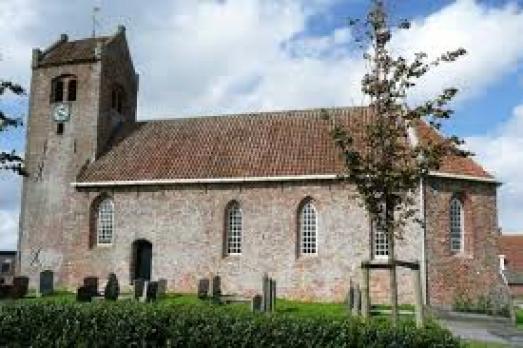
Atelier Church
Ginnum, NL
The church of Ginnum dates from the twelfth century. The building now serves as a studio for visual artists. To this end, the original furniture has been removed. In the choir a red-colored mural can be seen.
Here you can search for a building to visit. You can use the map find destinations, or you can use the filters to search for a building based upon what different criteria.

Ginnum, NL
The church of Ginnum dates from the twelfth century. The building now serves as a studio for visual artists. To this end, the original furniture has been removed. In the choir a red-colored mural can be seen.
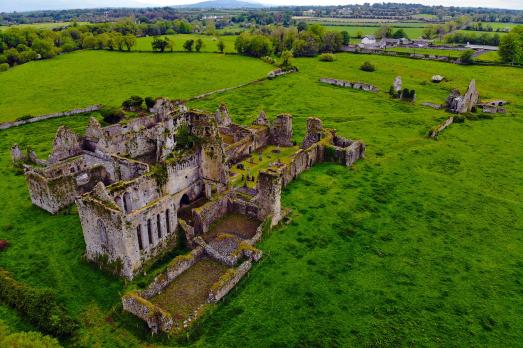
Athasselabbey, IE
The Priory of Athassel, founded at the end of the 12th century, is a former Cistercian monastery. In 1319 and 1329, Irish troops destroyed the monastery because the Anglo-Norman family of Burgo supported the monks. Later rebuilt, the monastery was destroyed again in 1447, causing it to decline because apparently the roof of the church was not rebuilt.
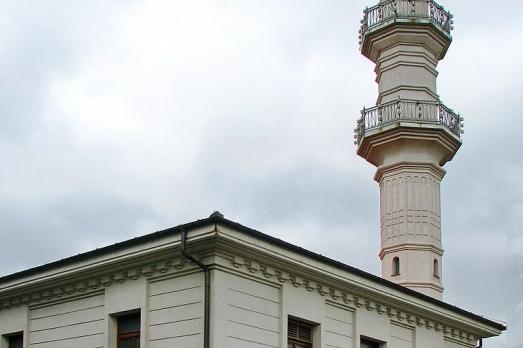
Bijeljina, BA
The Atik Mosque is the oldest mosque in Bijeljina, built between 1520 and 1566. During the Turkish-Austrian war from 1716 to 1718, the inhabitants of Bijeljina used the mosque as a defensive bastion, as they had no fortresses. The mosque of Bijeljina was later transformed into a Catholic church from 1718 to 1739 by the Austrians. In 1893 a new minaret was built, and in 1912 another Şerefe was added and raised by another 10 metres. Until the beginning of the Second World War, there was an old cemetery next to the Atik Mosque. Later the authorities prohibited burial next to the mosque.
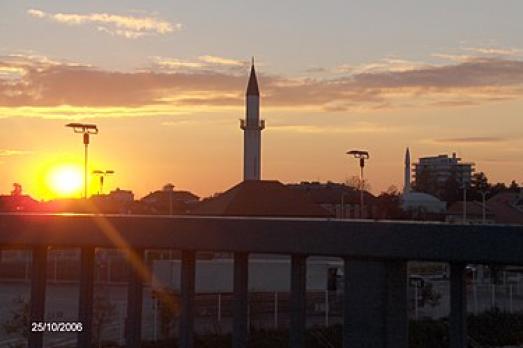
Brčko, BA
It is known that the Atik mosque, or Sava mosque, existed before 1651. From the very name Atik, which means old in Turkish, we can conclude that it is the oldest mosque in Brcko. It was originally made of wood and has been enlarged over time due to the increase in the number of believers in the city. The entire mosque was demolished on July 17, 1992. It was renovated in 2006 in its original form.
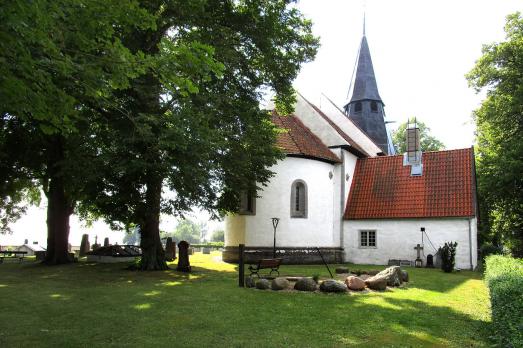
Romakloster, SE
Originated from the 13th century, the church contains a Romanesque baptismal font made by the workshop of Byzantios, a stone sculptor active in Gotland that show influences from Byzantine, hence the notname.
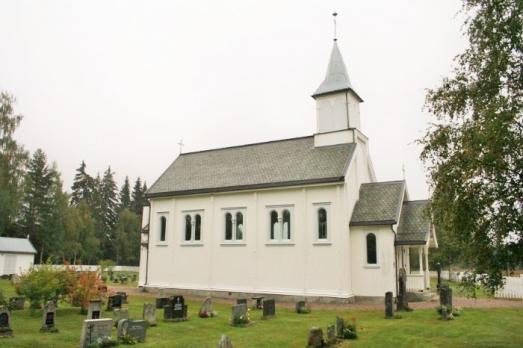
Stor-elvdal, NO
Atneosen Church was completed in 1882 according to architect Henrik Nissen's drawings. The church building has a well-preserved exterior with neo-Romanesque shapes. The interior is well preserved from the time of construction, but with colours from 1957.
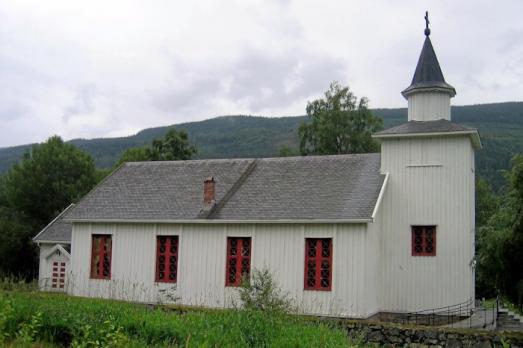
Tinn, NO
The Atrå church replaced a stave church on the site, which had become too small and in poor condition. The church in Atrå was designed by Linstow and was consecrated in 1836. It is a wooden long church, panelled and painted. The windows have diagonal bars and original glass. A sacristy was built behind the choir in 1922-24.
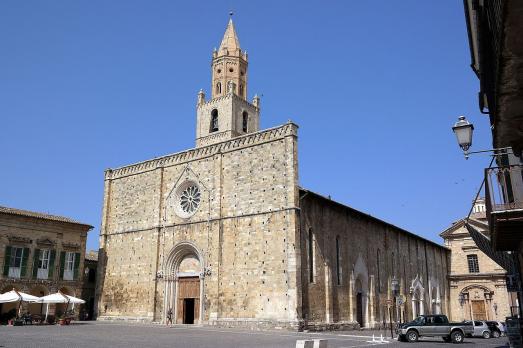
Atri, IT
The cathedral of Atri was consecrated in 1223 on a previous construction. The sober façade in white Istrian stone has a large portal in Gothic style, designed by Maestro Rainaldo, with a large rose window and a niche with a figure of the Virgin and Child. The south wall has three portals: the one on the left dates back to 1305 and was made by Rainaldo, the one in the centre dates back to 1288 with sculptures of lions and symbols of the Capetian House of Anjou-Sicily, the one on the right is dated 1302. On the left side of the church, there is a 56-metre high bell tower, the work of Antonio da Lodi in the 15th century.
Auch, FR
The first cathedral would have been built on the Gers plain. It was ruined by the Saracens in the 9th century. It was then rebuilt around 845 on the top of the hill overlooking the Gers, by Bishop Taurin II who placed the altar of Notre-Dame brought from Eauze by Saint Taurin. On several occasions, the archbishops will try to rebuild their cathedral. There was an attempt in the 13th century, another in 1370 by Arnaud Aubert, a third in 1382 by Cardinal Philippe d'Alençon but the great schism of the West made this attempt fail. Then we find Archbishop Philippe de Lévis who undertook quite a lot of work in the cathedral in 1429, according to Dom Brugèles. But lightning struck the cathedral in 1469 and 1474 and ruined what had been done.
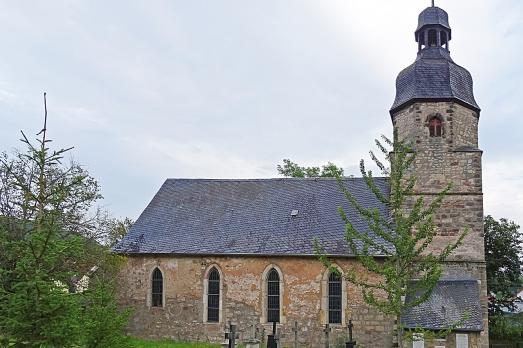
Jena, DE
The Church of the Resurrection was built between 1653 and 1656 on a former church building. The choir and the lower part of the tower were incorporated from a predecessor building in the late Gothic style. The nave, the south porch and the upper part of the tower were newly built. A complete renovation took place in 1867.

new
Nestled amidst the serene landscapes of the Harz region, lies a hidden gem for nature enthusiasts and history buffs alike - the Harz Monastery Hiking Trail. Lace up your hiking boots and embark on this captivating adventure that will transport you back in time.

The Holy Mile (Miglio Sacro) of Naples is a one-mile-long itinerary, through sacred places linked to the city's patron saint, San Gennaro, in the Rione Sanità district. Discover the city from a new perspective with this unique walking tour.

As a university city, cultural offerings abound in Tartu and will reach their peak after being designated one of three European Capitals of Culture for 2024. In this list, we've compiled the most interesting sacred places to visit in and around the old town.